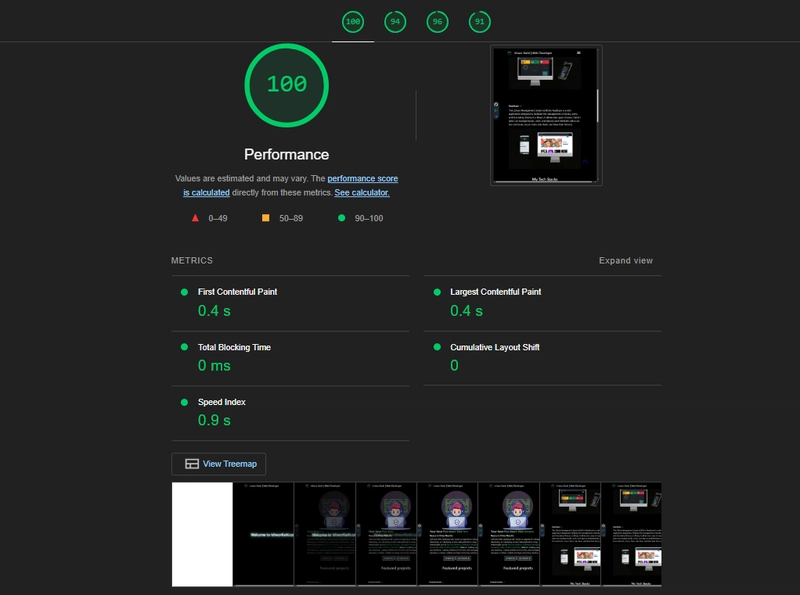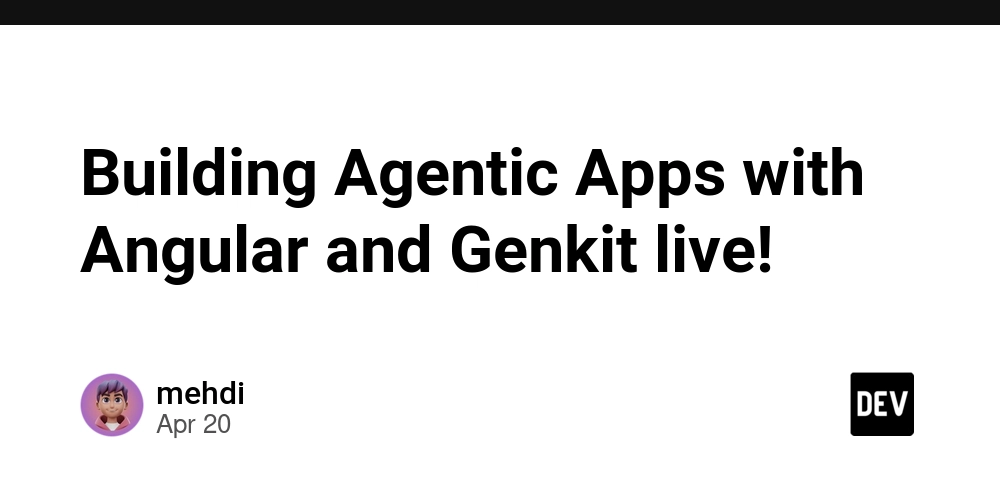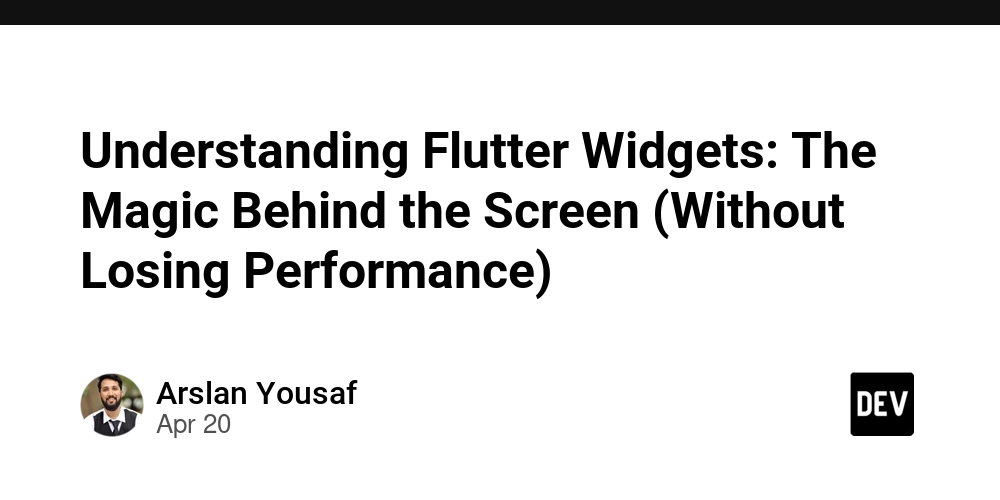Ivory Tower Notes: The Problem
When a data science problem is "the" problem The post Ivory Tower Notes: The Problem appeared first on Towards Data Science.

The term “Ivory Tower” is a metaphor for a situation in which someone is isolated from the practical realities of everyday life. In academia, the term often refers to researchers who engage deeply in theoretical pursuits and remain distant from the realities that practitioners face outside academia.
As a former researcher, I wrote a short series of posts from my old Ivory Tower notes — the notes before the LLM era.
Scary, I know. I am writing this to manage expectations and the question, “Why ever did you do things this way?” — “Because no LLM told me how to do otherwise 10+ years ago.”
That’s why my notes contain “legacy” topics such as data mining, machine learning, multi-criteria decision-making, and (sometimes) human interactions, airplanes  and art.
and art.
Nonetheless, whenever there is an opportunity, I will map my “old” knowledge to generative AI advances and explain how I applied it to datasets beyond the Ivory Tower.
Welcome to post #1…
How every Machine Learning and AI journey starts
— It starts with a problem.
For you, this is usually “the” problem because you need to live with it for months or, in the case of research, years.
With “the” problem, I am addressing the business problem you don’t fully understand or know how to solve at first.
An even worse scenario is when you think you fully understand and know how to solve it quickly. This then creates only more problems that are again only yours to solve. But more about this in the upcoming sections.
So, what’s “the” problem about?
Causa: It’s mostly about not managing or leveraging resources properly — workforce, equipment, money, or time.
Ratio: It’s usually about generating business value, which can span from improved accuracy, increased productivity, cost savings, revenue gains, faster reaction, decision, planning, delivery or turnaround times.
Veritas: It’s always about finding a solution that relies and is hidden somewhere in the existing dataset.
Or, more than one dataset that someone labelled as “the one”, and that’s waiting for you to solve the problem. Because datasets follow and are created from technical or business process logs, “there has to be a solution lying somewhere within them.”
Ah, if only it were so easy.
Avoiding a different chain of thought again, the point is you will need to:
1 — Understand the problem fully,
2 — If not given, find the dataset “behind” it, and
3 — Create a methodology to get to the solution that will generate business value from it.
On this path, you will be tracked and measured, and time will not be on your side to deliver the solution that will solve “the universe equation.”
That’s why you will need to approach the problem methodologically, drill down to smaller problems first, and focus entirely on them because they are the root cause of the overall problem.
That’s why it’s good to learn how to…
Think like a Data Scientist.
Returning to the problem itself, let’s imagine that you are a tourist lost somewhere in the big museum, and you want to figure out where you are. What you do next is walk to the closest info map on the floor, which will show your current location.
At this moment, in front of you, you see something like this:

The next thing you might tell yourself is, “I want to get to Frida Kahlo’s painting.” (Note: These are the insights you want to get.)
Because your goal is to see this one painting that brought you miles away from your home and now sits two floors below, you head straight to the second floor. Beforehand, you memorized the shortest path to reach your goal. (Note: This is the initial data collection and discovery phase.)
However, along the way, you stumble upon some obstacles — the elevator is shut down for renovation, so you have to use the stairs. The museum paintings were reordered just two days ago, and the info plans didn’t reflect the changes, so the path you had in mind to get to the painting is not accurate.
Then you find yourself wandering around the third floor already, asking quietly again, “How do I get out of this labyrinth and get to my painting faster?”
While you don’t know the answer, you ask the museum staff on the third floor to help you out, and you start collecting the new data to get the correct route to your painting. (Note: This is a new data collection and discovery phase.)
Nonetheless, once you get to the second floor, you get lost again, but what you do next is start noticing a pattern in how the paintings have been ordered chronologically and thematically to group the artists whose styles overlap, thus giving you an indication of where to go to find your painting. (Note: This is a modelling phase overlapped with the enrichment phase from the dataset you collected during school days — your art knowledge.)
Finally, after adapting the pattern analysis and recalling the collected inputs on the museum route, you arrive in front of the painting you had been planning to see since booking your flight a few months ago.
What I described now is how you approach data science and, nowadays, generative AI problems. You always start with the end goal in mind and ask yourself:
“What is the expected outcome I want or need to get from this?”
Then you start planning from this question backwards. The example above started with requesting holidays, booking flights, arranging accommodation, traveling to a destination, buying museum tickets, wandering around in a museum, and then seeing the painting you’ve been reading about for ages.
Of course, there is more to it, and this process should be approached differently if you need to solve someone else’s problem, which is a bit more complex than locating the painting in the museum.
In this case, you have to…
Ask the “good” questions.
To do this, let’s define what a good question means [1]:
A good data science question must be concrete, tractable, and answerable. Your question works well if it naturally points to a feasible approach for your project. If your question is too vague to suggest what data you need, it won’t effectively guide your work.
Formulating good questions keeps you on track so you don’t get lost in the data that should be used to get to the specific problem solution, or you don’t end up solving the wrong problem.
Going into more detail, good questions will help identify gaps in reasoning, avoid faulty premises, and create alternative scenarios in case things do go south (which almost always happens) Read More
Read More









![[DEALS] The All-in-One Microsoft Office Pro 2019 for Windows: Lifetime License + Windows 11 Pro Bundle (89% off) & Other Deals Up To 98% Off](https://www.javacodegeeks.com/wp-content/uploads/2012/12/jcg-logo.jpg)































































